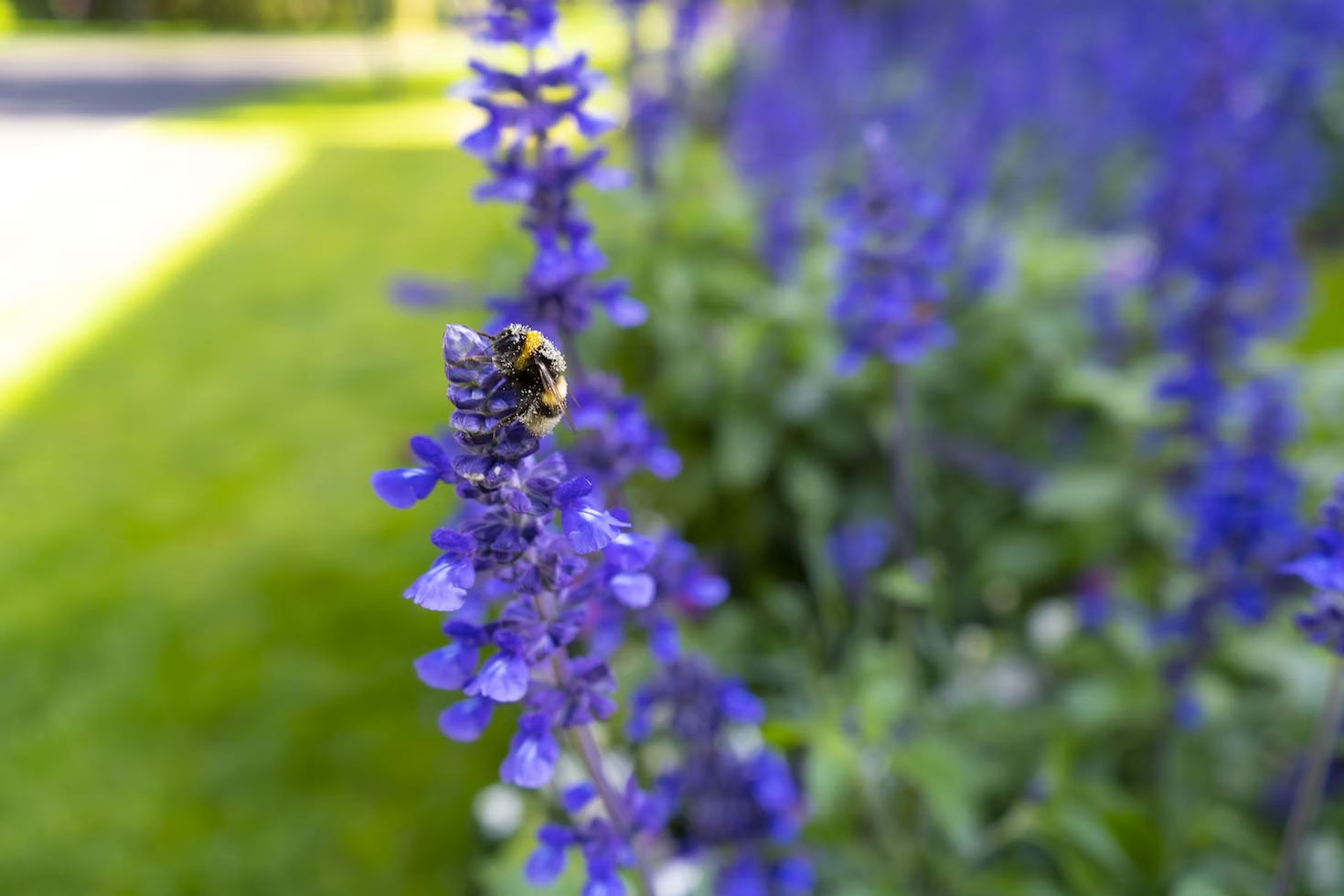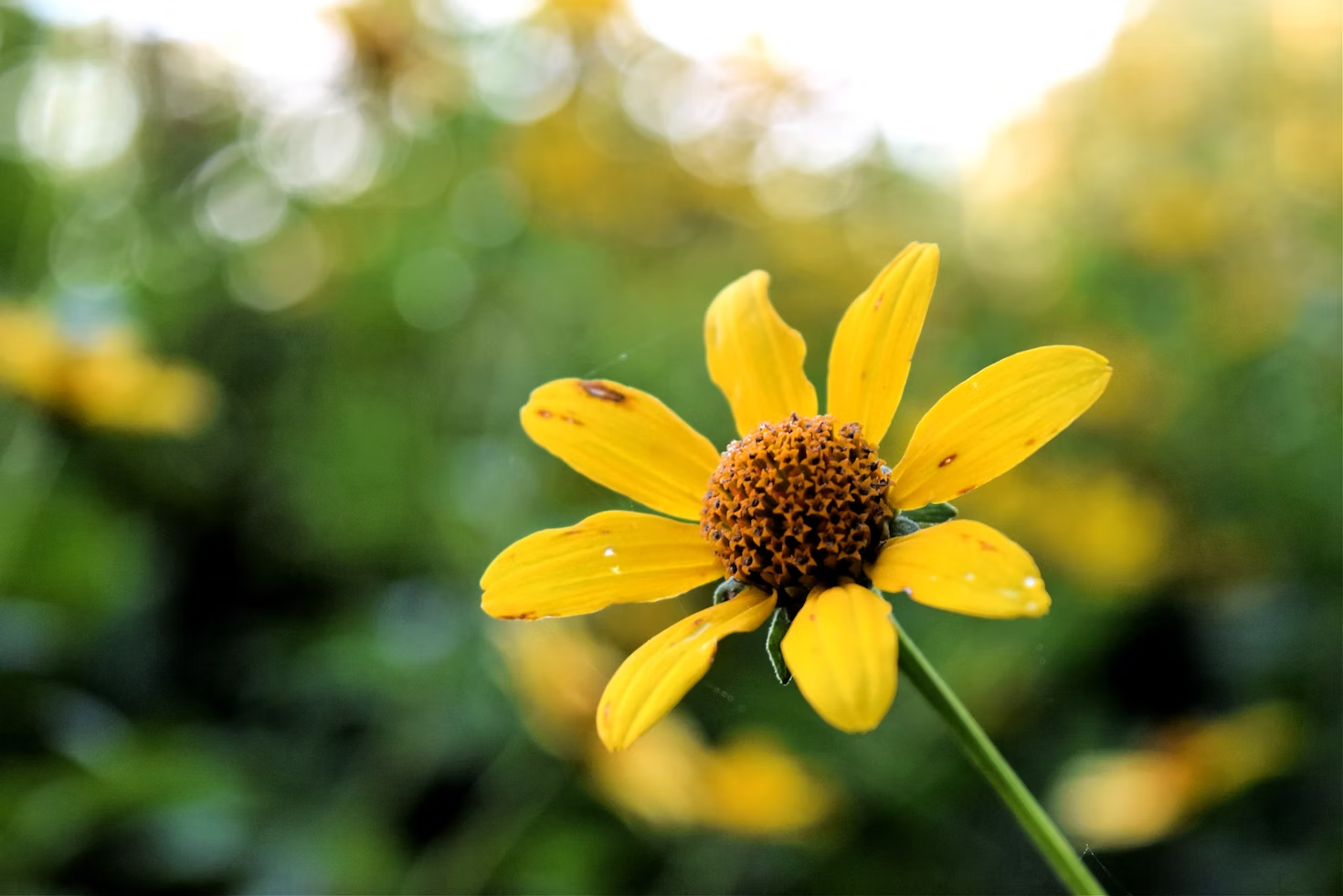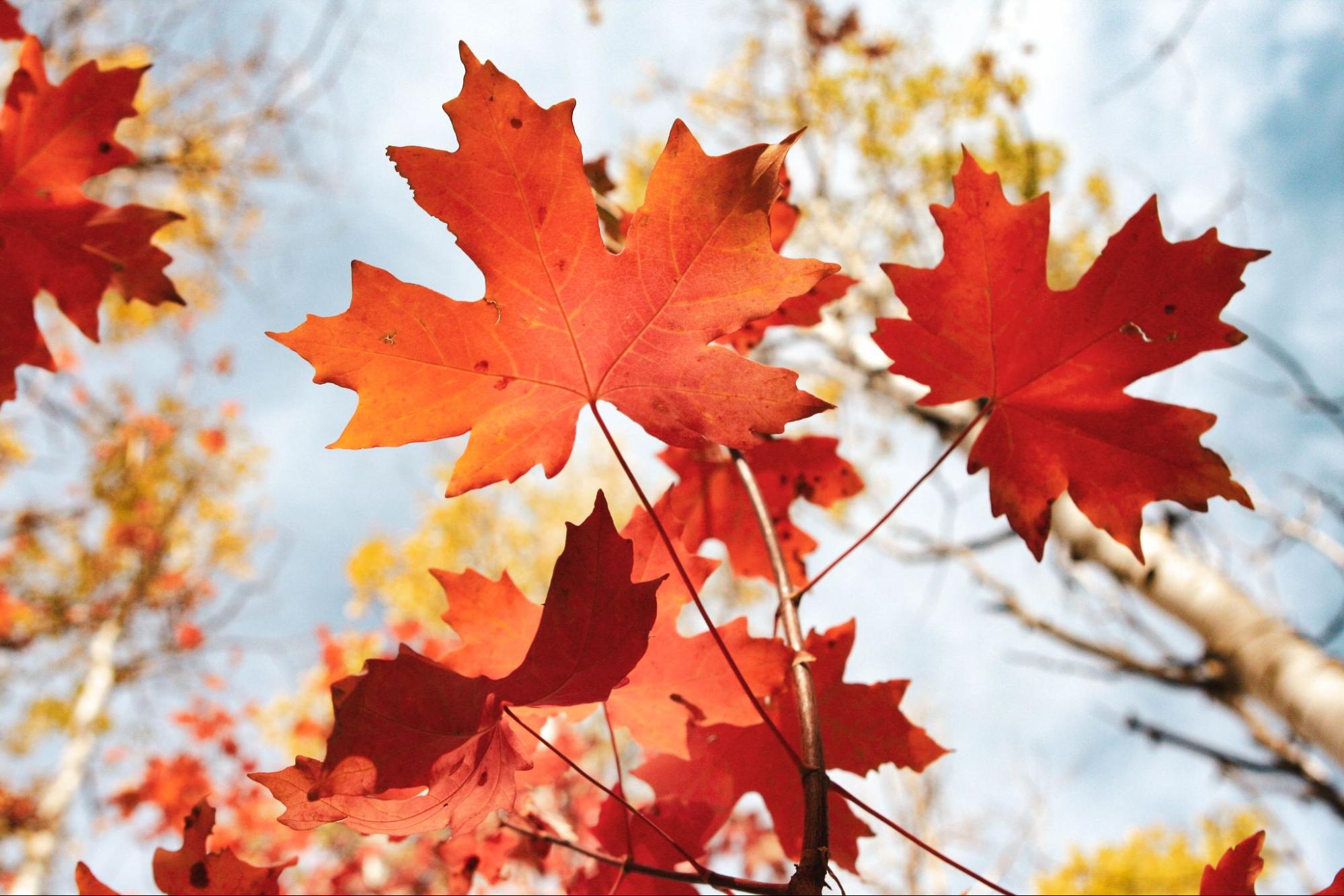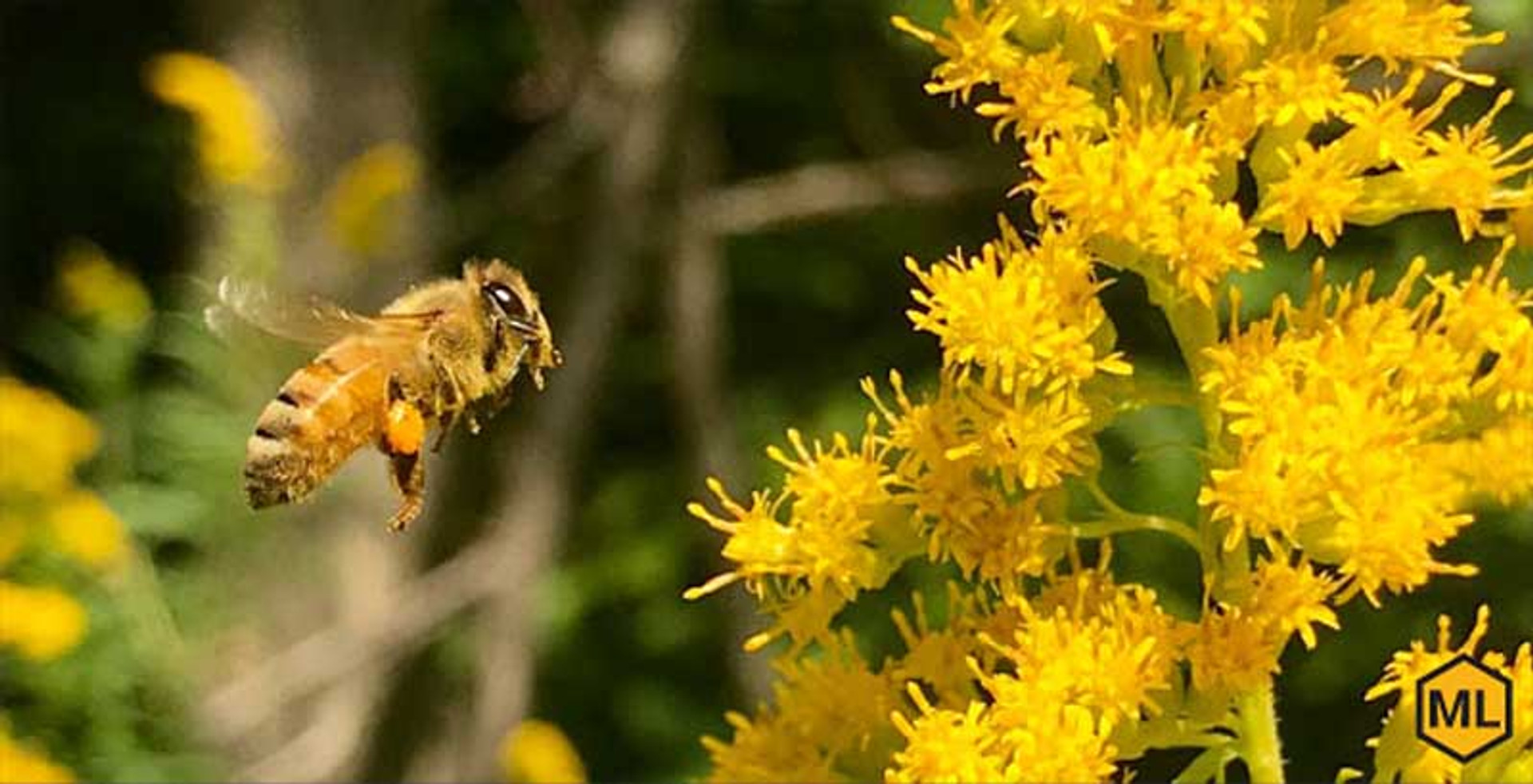3 Best Plants for Honey Production
Nectar is one of the honey bees’ most vital resources. To make the honey that sustains their colony—and gives you something to harvest—your bees need plenty of nectar-rich flowers near their hive.
One of the best things you can do for your beehives is to plant a variety of bee-friendly plants in their foraging area. Keep in mind that most honey bees are attracted to blue, white, yellow, and purple blossoms. You should also provide plants that bloom at different times during the spring and summer to accommodate the diverse species of pollinators in your area.
This diversity will give your worker bees a better range of plants and flowers to visit throughout their entire active season. Help your honey bees by giving them a taste of the following plant varieties that help boost honey production.
Lavender

Bees see light and color differently than we do. As a result, purple is one of the most attractive colors to a honey bee. Combine the flower color with the abundance of nectar, and it’s no wonder why lavender is one of the top bee-friendly plants that help honey production. Additionally, the aromatic foliage of lavender is known to attract bees.
Lavender typically blooms in June and July, providing bees with a wonderful early- to mid-summer treat. This isn’t the only way lavender can help your hives—they’re also an effective natural treatment against Varroa mites, which dislike the flower’s smell.
Goldenrod
The bright yellow petals of goldenrod flowers also make an attractive target for foraging honey bees. While these flowers don’t produce much nectar early in the season, they hit their prime between late July and September. This makes them perfect for foraging later in the season as your colonies prepare for winter.
Goldenrod is one of the best flowers for a late summer garden, and it grows easily without a lot of maintenance. Goldenrod honey is one of the darkest forms of honey and has a strong, sweet odor.
Coneflowers
Coneflowers come in various colors, making them ideal for adding even more diversity to your bees’ foraging grounds. These pale purple coneflowers have a shorter blooming period lasting only about three weeks during June and July. The other varieties last longer, blooming from July to October. Like goldenrod flowers, coneflowers are beneficial later in the season as the bees prepare their hives for winter.
Clover
Both honey and bumble bees love clover, and the white and red clover species are typically the most sought-after for bees to collect pollen from. Clover can be added to your lawn or grown in groups with other shrubs— it’s a very low-maintenance flowering plant and is highly drought-resistant.
There are over 300 species of clover, so no matter where you live, you can likely find a variation of this plant to lure pollinators, bees, and other insects to your garden.
Bee Balm
Bee balm or bergamot contains a bright magenta flower and offers bees a rich supply of nectar and pollen in the late summer. Bee balm belongs to the mint family and is most popular amongst bumble bees. You can add bee balm to your flower beds or let it grow in a flower patch on your property or garden. Bees seem to find these plants either way.
Black-Eyed Susan

The Black-Eyed Susan is one of the best flowers to add to your garden in the summertime. Flower shapes are important to bees, as they provide a solid place to land on the petals, and the Black-Eyed Susan offers a great target for bees looking to forage. The black center of this plant contains hundreds of tiny flowers with nectar for bees and other pollinators to forage.
The Best Trees for Bees & Honey Production
Aside from the following plant families mentioned above, a few trees can significantly boost honey production for your colony and other creatures in your region. These include the following:
Fruit Trees
Fruit trees, including apples, cherries, plums, peaches, and pears, supply a steady flow of nectar for bees and other pollinators. Apple and cherry trees, in particular, produce many blooms that attract bees to the trees to forage for nectar.
Maple

Maple trees provide bees with flowers that are rich in nectar. Bees also love foraging on the tree’s sap which they can access through the holes created by woodpeckers. Red, sugar, and silver tend to be the best variations of the maple species for any region’s bee population.
Willow
Male willow trees provide both nectar and pollen for foraging bees in the early springtime. Willows are considered air pollinators because the wind can distribute the tree’s pollen in addition to bees. Most honey and bumble bees are attracted to the willow’s flowers, and they continue to forage in willow trees and shrubs because they’re one of the earliest pollen sources in February and March.
Acacia
Acacia flowers are vibrantly yellow in color, so it’s no surprise bees flock to these trees in the early spring and summer. Acacia trees aren’t the most plentiful when it comes to honey production, but they attract most bee species because of their pollen-rich flowers.
The Benefits of Planting Native Plants and Flowers
Native plants are the common species found in your region. These plants vary by location, but their primary benefit remains true regardless—they offer an abundance of nectar and pollen for bees and other pollinators in the area.
Native plants are usually drought tolerant and low maintenance, making them an easy addition to any outdoor garden to greatly benefit the environment and local ecosystems.
FAQs: Creating a Bee-Friendly Garden
Not sure how to choose the best plants or flowers for your garden? Get all your questions answered here!
How will I know if the bees like the flowers I’ve planted?
If the native bees are happy with your flowers, you’ll know it through sight and sound. You’ll be able to see (and hear!) consistent bee traffic in your yard, especially during popular foraging times in the mid-morning and afternoon.
Even if you aren’t a beekeeper but want to support bees in their natural ecosystem, creating a garden filled with plants and flowers is a fantastic way to help save the bees. We recommend choosing two or three of the plants we mentioned in this post if you are just starting a bee garden.
How many variations of plants should I use in my garden?
Bees are responsible for pollinating nearly a third of the world’s crops, and they need a lot of plants and flowers to do so! Most bee experts recommend using at least 20 different variations of plants and flowers when creating a space to help bees thrive.
Providing diverse plant species is ideal for the bee population as a whole. Some bee species forage in different seasons, so choose a variety of plants and flowers that bloom in all seasons to offer food and nutrients all year round.
You can also create a safe water source for the bees to drink from. They work hard foraging and pollinating all day, so providing a safe space to hydrate is ideal. Use a small birdbath or make some kind of watering hole of your own design. Be sure to add pebbles and other items they can rest on while they cool off and hydrate.
Which plants are the most nectar-rich for bees?
Choose as many nectar-rich plants as you can for your bees, particularly ones that bloom every season, so they never lack consistent food sources. Some of our favorite flowers include bee balm, lavender, thyme, coneflowers, and goldenrods. Not only are these plants rich in nectar and pollen, but they’re also beautiful to look at.
Which plants should I avoid planting?
There are a few plants whose nectar is toxic to bees. These include azaleas, rhododendrons, and California buckeye. If your garden already has these plants, do some research about removing them without disrupting the environment. In some cases, these plants don’t need to be removed, as bees will avoid them on their own.
What makes a flower bee-friendly?
Bees are naturally attracted to flowers based on their color, size, and aroma. Typically, the flowers that attract your bees are the ones that offer high volumes of nectar and pollen, which bees need in their diet to produce honey. Nectar is a bee’s main source of carbohydrates, while pollen is a bee’s most significant source of protein.
When deciding to return to a flower, bees opt for the best-tasting pollen, along with the shape of the flower. The easier the nectar is to access, the more likely bees will land and return to forage.
The Final Buzz on Using Flowering Plants in Your Garden
Planting flowers is just one of the many things you can do to help your honey bees thrive! Whether you already have some of these plants in your garden or you’re looking for new ones to plant for the upcoming season, this selection will get you started on a beautiful, vibrant, bee-friendly garden space.
Stop by Mann Lake to stock up on all the beekeeping equipment, tools, and resources you need for a successful honey harvest.

